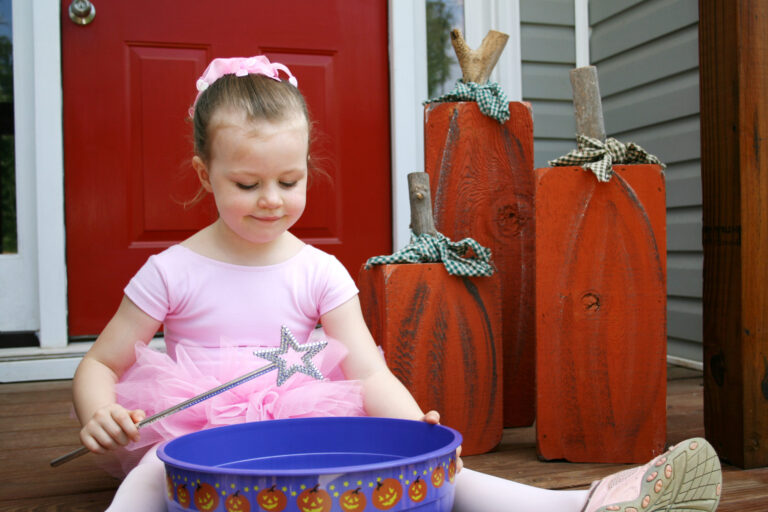
At The Dance Zone in Henderson, Nevada, a young dancer rehearses her jazz routine for the team’s weekend competition. At 9 years old, she has already decided that she’s “not a turner,” and today, with a competition looming, she struggles to execute a double turn. Before long, she gets so worked up that every time she tries to turn, she falls, bottom to the floor. “She just got freaked out,” says Dance Zone co-owner Jami Artiga. “It was a fear of letting her team down.”
Many teachers will recognize this scene. Dance requires as much mental focus as physical, and it’s easy for students to become so stressed out that they hold themselves back. Anxiety like this can turn an otherwise joyous dance experience into torture. Fortunately, as a teacher, you can help students stop fretting and start dancing with confidence.
Determine whether the cause is internal or external.
One major source of anxiety in the classroom is a fear of not measuring up, says Dr. Nadine Kaslow, resident psychologist of the Atlanta Ballet who works with dance students of all ages. “Maybe a peer says something about our weight, or a teacher says something that embarrasses us,” she says. She notes that studio friendships can also become a source of stress, especially if two dancers are best friends but also each other’s top competition. Additionally, it may be a reaction to a home or school situation that the dance teacher knows nothing about.
On the other hand, anxiety may have nothing to do with external challenges. “Sometimes it’s because of things inside ourselves,” Kaslow says. “Maybe we have high standards and if we don’t meet those, we feel like a failure, so we become afraid to try.”
At Westside School of Ballet in Santa Monica, California, artistic director Martine Harley noticed a student making frequent excuses for why she wouldn’t perform her best that day. Maybe it was a blister, dead pointe shoes or a sore muscle. In class, the dancer would make faces during or after exercises to show that she was disappointed with her performance. “When I asked her about it, she said, ‘I want you to see I know it’s not good enough,'” says Harley.
Mental blocks like this are common, and often manifest as avoidance, says Kaslow. On a more subtle level, this may show up in a dancer looking down to avoid eye contact or in gravitating to the back of the room during a certain part of class.
When it comes to support, one size does not fit all.
When Harley talked with the dancer privately, she found that just bringing the issue out into the open helped tremendously. She assured the student that the classroom is a place to improve, not to be perfect at this moment. Kaslow agrees that it’s best to address situations promptly and privately, with encouragement and understanding. If the mental block becomes a long-term issue, talking to a parent, sibling, friend or teacher may be beneficial, and in extreme cases, teachers could recommend working with a therapist.
When a child suddenly develops intense self-doubt—as in the case of Artiga’s “bad turner”—the best route can be to suggest the student step away momentarily, until she has calmed down. When the student was ready, Artiga took the time to walk her through each step, assuring her that she knew exactly what to do and how to do it. Quiet visualization can also work wonders. In this instance, Artiga offered to take the turn out of the routine for the weekend, but the student decided to face the challenge. In the end, she performed the turn in the competition without falling.
Kaslow notes that this is not the time to be critical. “Some kids do OK with tough love,” she says. “It works more if it’s something they can really control, like not talking in class. If they are hardworking and already feel ashamed or embarrassed, I don’t think tough love helps. I would use it based on the situation and the kid.”
For Artiga, the key is for students to understand the benefits of a positive mental outlook. “We help them realize that their mind is controlling so much of what’s going on in dance,” she says. One of Artiga’s instructors is a life coach who can lead students through visualization or coach them on how to mentally approach challenges. “Especially with older students, it makes them realize that the setbacks they have are their own responsibility to work on,” she says. “They learn that they can take charge of their success, mentally.”



